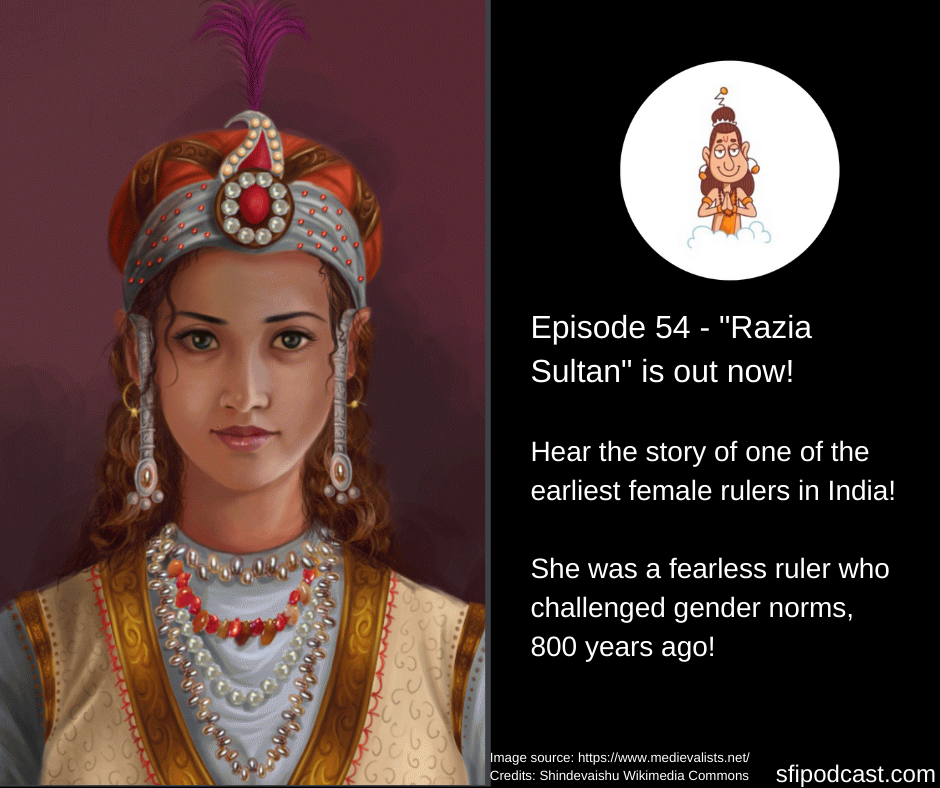

Altumish therefore nominated his daughter to be his successor, against the advice of some of his courtiers and kadis. The sons proved to be incompetent, more interested in wine and song than in the affairs of the state. Altumish had three sons and one daughter, Razia. Delhi and Lahore were saved from the ravages of the Mongols. When Genghiz Khan descended upon Central Asia (1219), Altumish kept him out of India through consummate diplomacy and a determined military posture. He proved himself to be not only a first class soldier but an outstanding statesman as well. After the death of his father-in-law, Altumish ascended the throne of Delhi (1211). Qutbuddin gave his own daughter in marriage to Altumish. Altumish demonstrated such extraordinary abilities as a soldier that he was rapidly promoted to be a general officer in the army. Razia was the daughter of Altumish, a Mamluke who was a slave of Qutbuddin Aibak, Turkish sultan of Delhi. It was from the ranks of these Mamlukes that the 13th century dynasties of India and Egypt emerged. Islam had taken them from the slave ships of the Vikings to the luxurious thrones of Asia and Africa. Through their exploits they rose through the court ranks, married the daughters of the sultans and themselves became kings and sultans.

In an age when the path to kingship led through the army, the Mamlukes were not only great soldiers but were in close proximity to the center of power.
RAZIA SULTAN IMAGES FULL
Therefore, as the Mamlukes became Muslim, they became free men and women, with full privileges accorded to all believers. Some of the slaves were from Turkish tribes (prior to their conversion to Islam) in which case there was both an affinity of blood with their Turkish owners as well as an affinity of profession.Īccording to the Shariah, a Muslim may not hold another Muslim as a slave. As the Mamlukes were inducted into the armies and the Turks dominated the armed forces, the slaves came to be referred to as Mamluke Turks. The Turks displaced the Arabs and the Persians from the centers of power in Asia during the 9th and 10th centuries and became kingmakers. However, it was with the rise of the Turks that the Mamlukes came into their own. The Spanish court of Cordoba as well as the Fatimid court in Cairo employed Mamluke bodyguards. Young Mamluke men were trained in special camps as bodyguards, taught the precepts of Islam and inducted into the army.

The European slaves were in great demand in Muslim courts because the men made excellent soldiers and the women were sought for their fair skin. The root word in Arabic for Mamluke is m-l-k (malaka, to own). Ibn Fadlun gives a graphic picture of the deplorable conditions in the Viking slave ships. Men, women and children were captured in northern and eastern Europe, brought down the Volga River and sold to Muslim and Jewish merchants. Eastern Europe, fossilized as it was between local fiefdoms, was a particular target of these raids. The Vikings raided Europe with unrelenting ferocity in search of booty and slaves. In the 9th and 10th centuries, there was a brisk slave trade down the Volga River, near the Caspian Sea. The history of the Mamlukes illustrates this observation. Islam liberated men and women from the shackles of slavery and made them masters of the world. Images may not be altered, reproduced, resold or used in any form.Contributed by Prof. Thank you so much for checking out my work! If interested in seeing my other stuff, please check me out on: Please do not steal/reuse the image as your own and/or for commercial purpose. This is the original artwork, and I therefore retain to the rights to ALL work. However, exceptions for issues like damages are on a case-by-case basis, and for that matter, please contact me so we can possibly work out something out. Tracking included upon request, extra fees will apply (exceptions only for orders above $50 USD)Īll sales are final, but I guarantee that merchandise will be in perfect condition and packaging before they get mailed out. Credited with being the first female Muslim ruler of South Asia, she was a strong, well-respected leader before her untimely downfall.Ĭolors may vary slightly due to screen settings Raziya al-Din, or better known as Razia Sultana, was a daughter of Mamluk Sultan Shamsuddin Iltutmish of the Delhi Sultanate in early the 1200s.


 0 kommentar(er)
0 kommentar(er)
